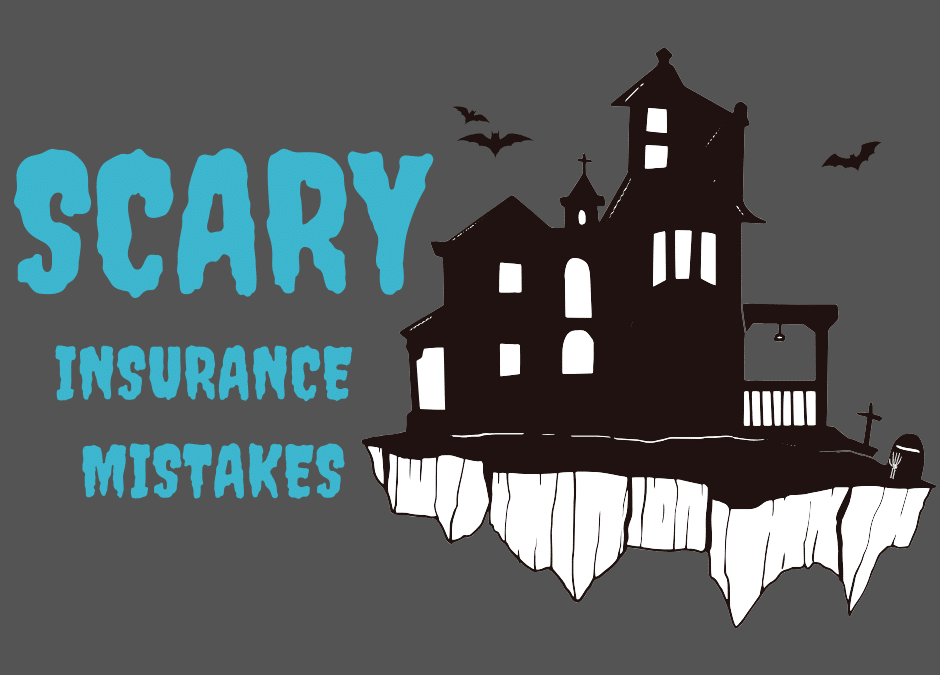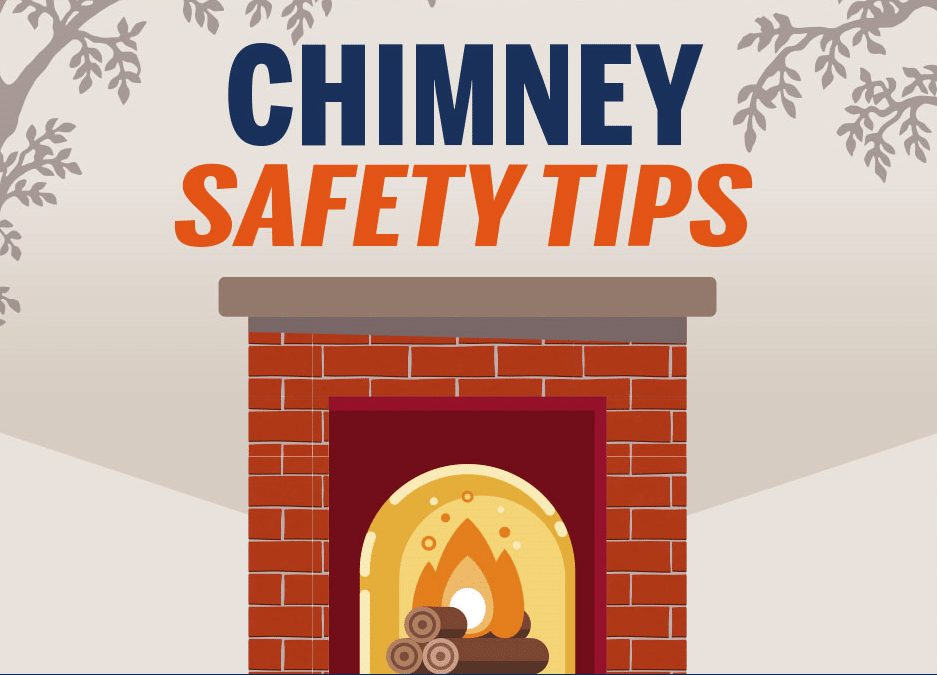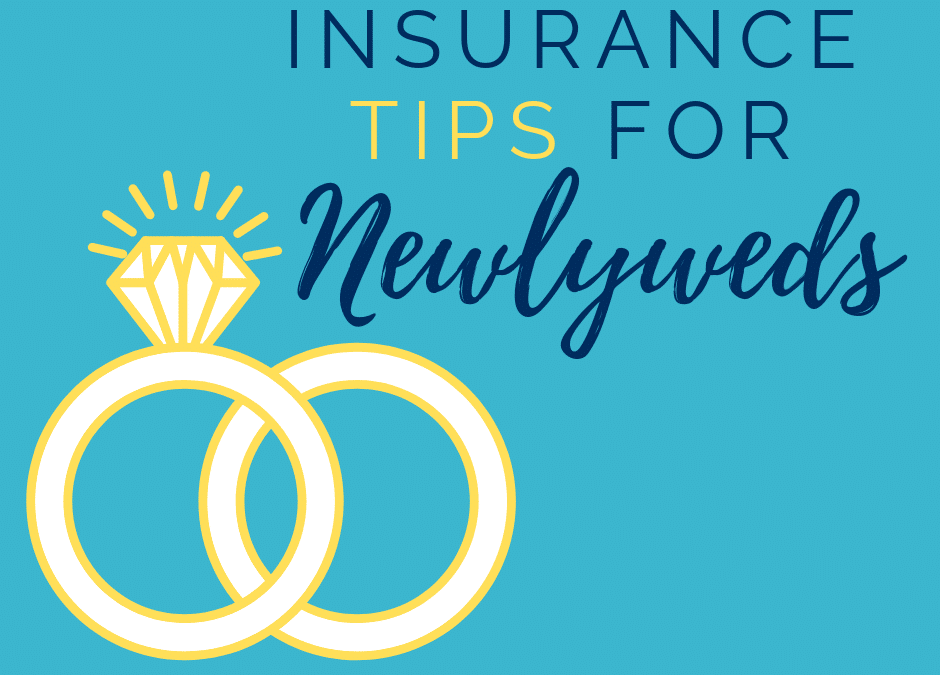
Winter Maintenance for Your Home and Auto
During the winter months, snow, sleet, ice, and freezing temperatures can really take a toll on your home and vehicle. Fortunately, there are some relatively easy things you can do to help protect your car and home from any serious damage from the effects of winter weather.
Winter Home Maintenance Tips:
- Check Your Pipes
Colder winter temperatures can cause frozen pipes in your home which has the potential to cause major damage. So, it’s important to make sure your home is properly heated and you take the necessary steps to prevent your pipes from bursting.
- Clean the Gutters
Remove all leaves and debris that have collected in gutters. This allows water from rain, snow, and ice run off to properly drain away from your home. Not only will this extend the life of the gutters, it also helps protect the foundation of your home.
- Seal Windows and Cracks
Drafts from cool air from outside can cause your heating bill to skyrocket. If the cold air is getting in, that means the warm air is getting out. Heated air escaping your home may create an ice dam on your roof! Make sure you seal all cracks and leaks (especially in the attic), windows, and doors with caulk or weather stripping. And, don’t forget to cover air conditioning units.
- Winterize or Cover All Outdoor Items
Disconnect and drain hoses for winter storage and install a faucet cover to protect from freezing. If you have a sprinkler system, make sure it’s properly winterized. Place any lawn equipment or patio furniture in a safe place where they will not be harmed by weather – or critters looking to make a warm home for winter.
- Clean the Fireplace
Fireplaces and chimneys should be cleaned and inspected by a professional once a year before use. Blocked or dirty chimneys cause millions of dollars in damages annually. To prevent a house fire, follow these chimney safety tips. Don’t forget to make sure your smoke alarms and carbon monoxide detectors are working properly.
Winter Auto Maintenance Tips
- Do Routine Maintenance
In cold weather tire pressure decreases. With every 10 degree drop in temperature, tires lose about a pound of pressure. Be sure to monitor and adjust tire pressure regularly. Additionally, batteries lose power and motor-oil thickens up, so it is important to get your car fully serviced and inspected before extended periods of cooler temperatures.
- Make Necessary Changes
You don’t want to get stuck in the snow and ice, so it’s a good idea to check road conditions before getting behind the wheel. Consider switching to snow tires or using tire chains. If you have a new driver at home, be sure to help them get acclimated to the differences in the way the vehicle handles in winter weather conditions.
- Keep Fuels Full
Keep coolant (anti-freeze) and gasoline as full as possible. The more gasoline in your tank, the less water can get in and freeze. This is beneficial, especially if you get stuck. Coolant will help your engine from freezing up and prevent corrosion. It is recommended to use a 50/50-mix of anti-freeze and water.
- Invest in a Winter Wiper Fluid
During the winter you need a wiper fluid that will not only keep your windshield clean, but will also help it defrost. A De-Icer wiper fluid is designed specifically for winter, removes frost and ice quickly, and protects against freezing down to -27 degrees F. Of course, make sure your windshield wipers are in good condition and replace if needed.
- Have an Emergency Kit
Even with maintenance and taking every safety precaution, you can’t predict the unpredictable. That is why you should keep an emergency kit full of helpful supplies with you in your car at all times. The kit should include a flashlight, blanket, lighter, food, water, windshield scraper, wireless charger, and other supplies you would need to survive for an extended period of time.
Related Articles:
8 Winter Driving Tips for New Drivers
Getting More Traction: Best Tires for Winter
This article is furnished by California Casualty, providing auto and home insurance to educators, law enforcement officers, firefighters, and nurses. Get a quote at 1.866.704.8614 or www.calcas.com.







